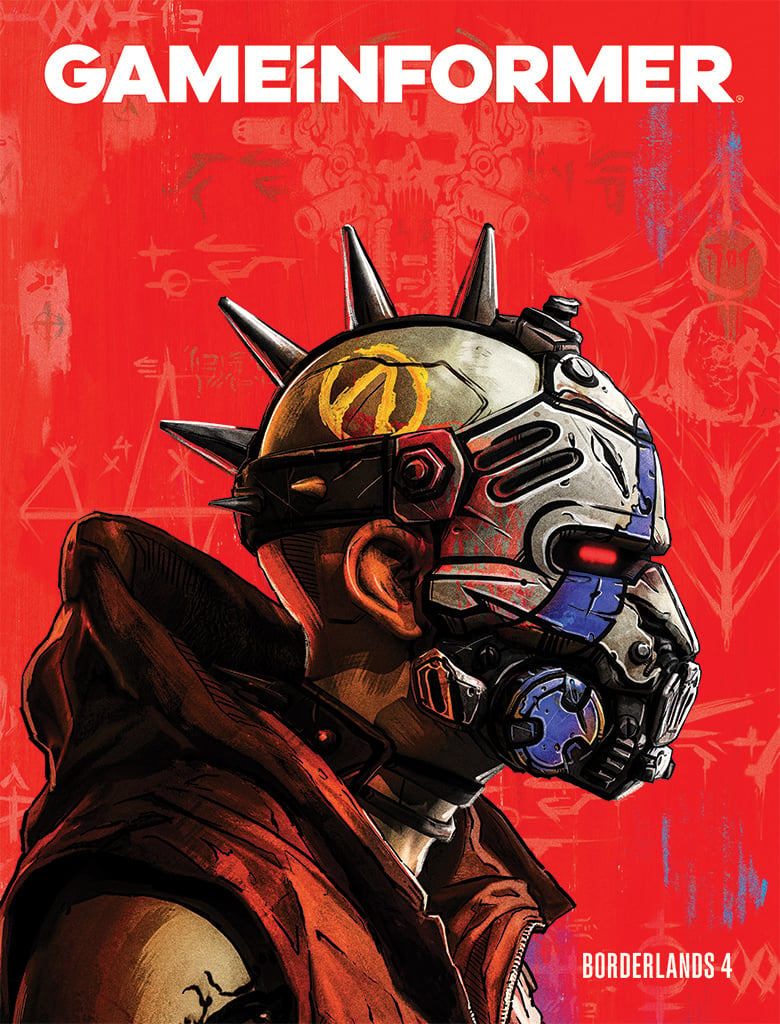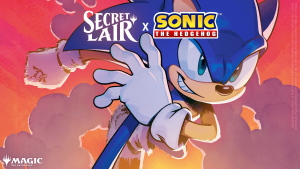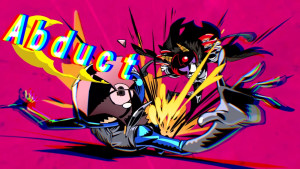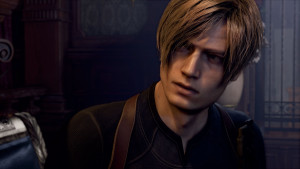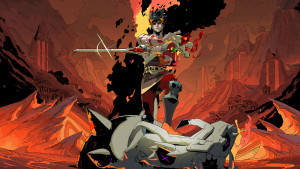Last chance to get your Borderlands 4 issue when ordered by July 1st. Subscribe Now!
Review: Celeste

Celeste
Time Investment: 15+ Hours
Verdict: Play
I want to make no bones about this: Celeste is a triumph of both game design, and video game storytelling. It is first and foremost a brutally challenging platformer, whose tight controls are reminiscent of a game like Super Meat Boy, and whose level design and well-hidden secrets bring to mind classics like Super Mario Bros. 3 or Super Metroid. It also, though, tells the story of Madeline, a girl with deep insecurities about herself and her future that is looking to climb the literal (and clearly figurative) Celeste Mountain. The mountain is meant to test the resolve of the people who attempt to climb it and it is only through her willingness to stick it out that she can eventually reach the summit.
What is so brilliant about Celeste is not just the poignant and often quite charming story it tells, but in how it also blends so seamlessly with the game mechanics themselves. It is not just that the game is about Madeline’s persistence, but it is down to the player’s persistence in overcoming the daunting task of navigating her towards her goal. That could easily have felt like a cheap narrative ploy that merely piggybacks off of the inherent challenge, but thanks to some strong and understated writing, it manages to tell a heartfelt story without getting in the way of the gameplay. Much of that is thanks to the fun, grounded characters like your companion through much of the story, Theo.

The game also has an excellent art direction that uses a pixelated visual style in the gameplay that is just stylized enough to be interesting in a played out indie game aesthetic. The story beats that punctuate the game’s levels are told with beautiful character portraits in dialogue boxes while they speak in a squeaky gibberish. It somehow gels elegantly with the game’s overall tone. They are telling a fairly simplistic story with a theme and message worn on its sleeve, but by distancing us from that with its art style it allows the story to simmer underneath the surface without being cloying.
All of that is wonderful in turning a good game into a great one, but without the platforming mechanics this game would have failed like the all the characters on the mountain are afraid they might. Luckily, they are perfectly snappy and responsive so that every jump feels precise and every death feels like a learning experience. The game’s eight levels are themselves a series of hundreds of interconnected screens that serve as the discreet challenges. So where each level in something like Super Meat Boy is completely separated, in Celeste each screen is generally self-contained, yet still are connected and occasionally require awareness of adjoining rooms to solve some of the more complex puzzles.
Getting around in Celeste is based on a simple eight-way control scheme. You can then air dash and in addition to wall jumps you can also, critically, hold down the trigger and stick to a wall for a short time. With these simple movement mechanics (plus the various level specific mechanics) the developers at Matt Makes Games are able to offer seemingly endless depth and complexity in their level design. Nothing ever feels out of reach. It always just feels like you haven’t quite seen the solution yet, and playing around and discovering those solutions is always fun.
Celeste offers collectibles in the form of strawberries that do nothing (which it directly tells you in a loading tool tip) other than provide a reason to attempt more difficult platforming challenges. That challenge is the most satisfying aspect of the game. It makes the strawberries more valuable than collectibles in most games where they exist as an excuse to fill out a barren world. You also find B-Sides, cassette tapes that unlock an insidiously difficult version of that level. They really take a firm grasp of the game’s and that level’s mechanics to master. (Once all of the B-Sides are completed, there are yet more brutal C-Sides. I, though, only finished half of the game’s B-Sides, but with how tough those were, it isn’t truly necessary to see them to understand the level of challenge to awaits committed mountaineers.)

Celeste does everything a game of this type needs to and then some. The finely tuned controls, the negligible delay to respawn, music that doesn’t stop at death. It all works together to ensure that you will continue to throw yourself at an obstacle at a white-knuckle pace as you rack up deaths. The game actually tallies your deaths to no effect other than to imprint on you just how persistent you were. Every aspect of the game is a perfect balancing act between narrative and gameplay, tough-as-nails platforming and mind-bending puzzles, 16-bit visuals with modern day game design. It is a marvel that it was put together with as much care and authorship as it was.
Now, obviously if you know you don’t have the stomach to play a platformer where you’ll die thousands of times before the end, then this won’t play to your tastes. If, though, you like a game of attrition that perfectly complements absolutely precise gameplay with a touching tale of self-discovery then I simply cannot recommend Celeste strongly enough.
